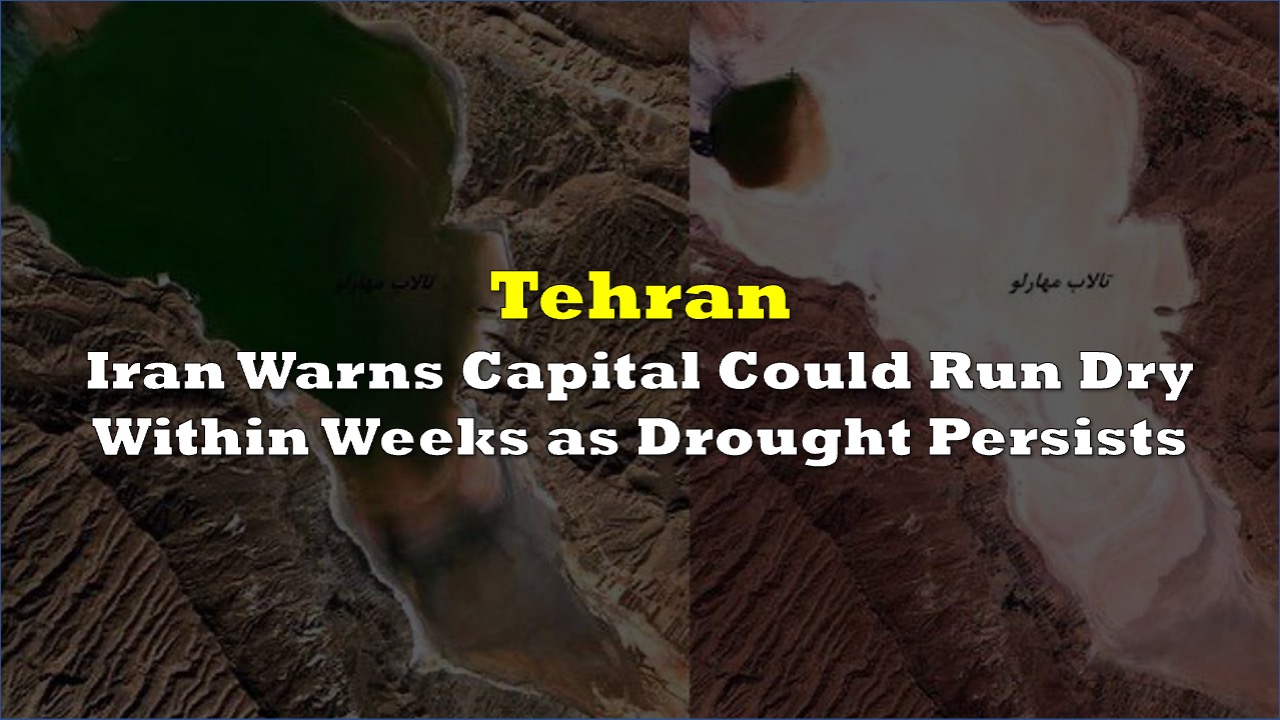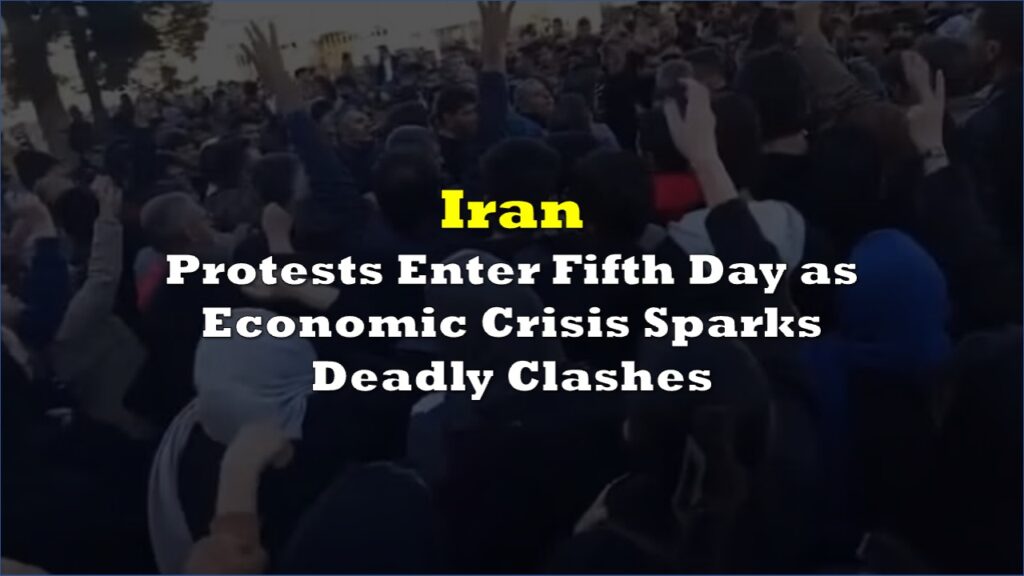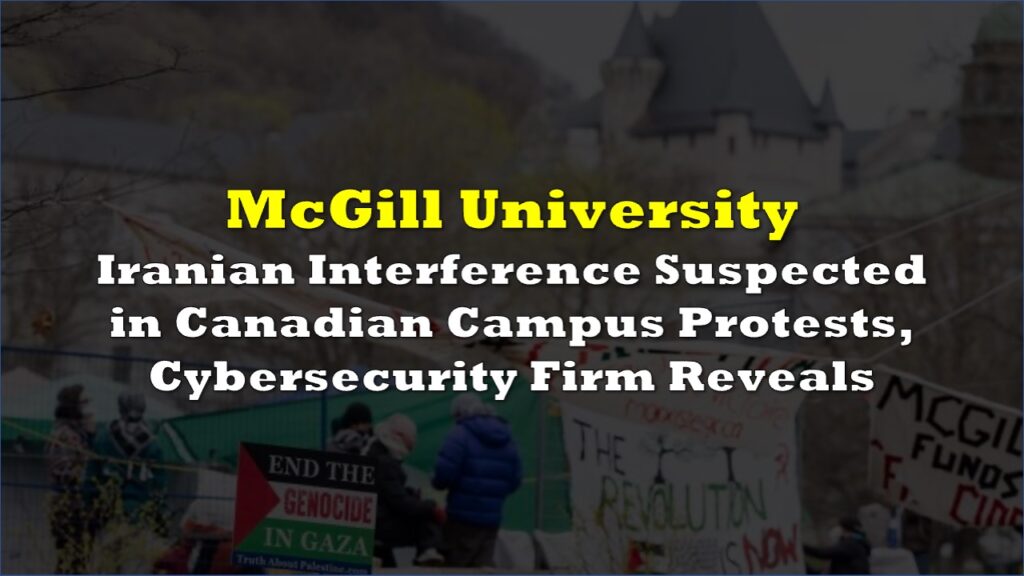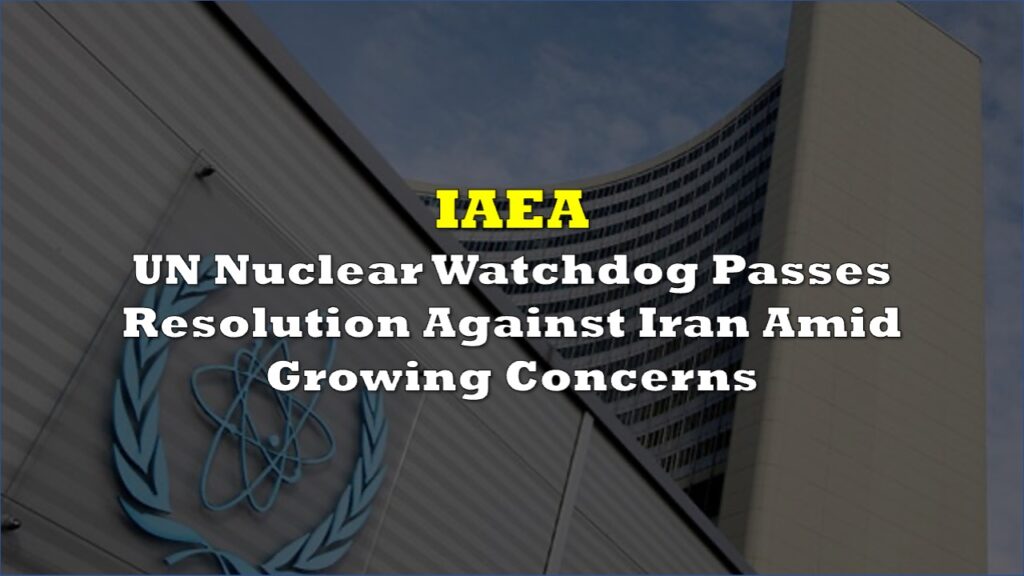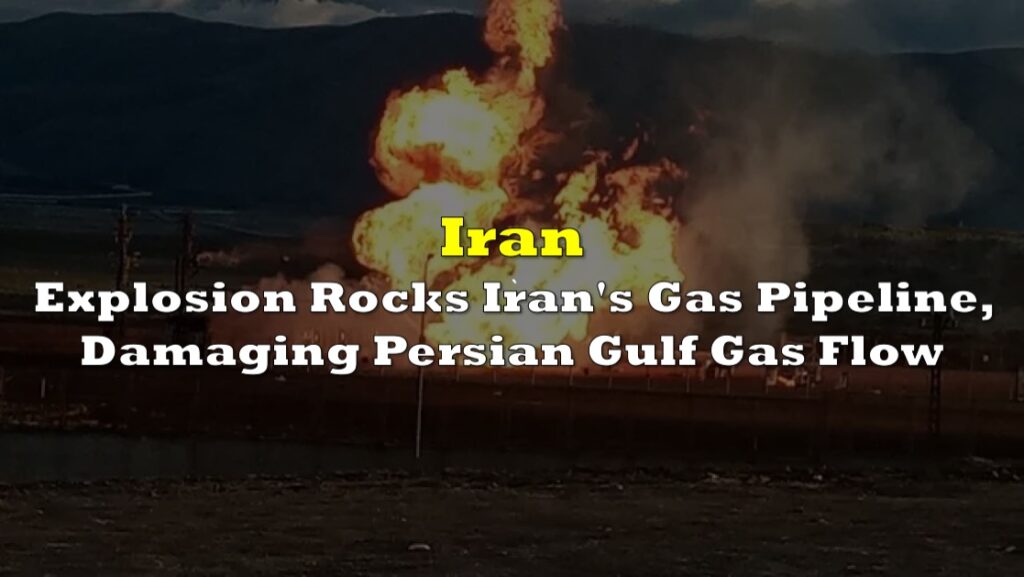Iran’s capital could run out of water within weeks as the country faces its fifth consecutive year of drought, officials warned, with key reservoirs supplying Tehran’s 10 million residents dropping to critically low levels.
President Masoud Pezeshkian said Thursday that without immediate conservation efforts, “there won’t be any water in dams by September or October.” The warning comes as Tehran enters its fifth consecutive year of drought.
Iranian President Pezeshkian:
— Open Source Intel (@Osint613) August 10, 2025
“We are facing a severe, unimaginable water crisis. If anyone has a solution, they should come forward. Sadly, we have no option but to shut off the water.” pic.twitter.com/N4LH43yjcR
Satellite imagery shows the city’s main water sources are at critically low levels: the Amir Kabir reservoir holds just 6% of capacity, while Lar and Latyan reservoirs are below 10%. Overall, reservoirs serving Tehran are at just 20% capacity.
Official media outlets publish footage of one of the water reservoirs drying up near Tehran.
— Open Source Intel (@Osint613) August 11, 2025
The official water authority announced that less than 20% of the water remains in the five dams around the capital. pic.twitter.com/1kLhJnflvJ
“This could be summed up in one term: water bankruptcy,” said Kaveh Madani, director of the United Nations University Institute for Water, Environment and Health, after reviewing the satellite data.
The crisis has forced unprecedented measures. The government shut down Tehran for a day in July to conserve water and electricity, and authorities have imposed 12-hour water cuts on high-consumption households.
Iran has experienced a 40% decrease in rainfall this year compared to long-term averages. All but one of Iran’s 31 provinces are now experiencing water stress, with reservoirs nationwide at just 44% capacity.
Water experts blame decades of mismanagement, including excessive groundwater pumping and inefficient agricultural practices. Agriculture consumes about 90% of Iran’s water despite contributing only 10% to the economy.
The crisis has sparked protests in rural areas, with farmers clashing with authorities over water allocation. In Tehran, residents have been seen carrying jugs to fetch water from relatives’ homes as demand for household pumps and storage tanks surges.
Pezeshkian has called the situation “more serious than what is being discussed today” and warned that Tehran may need to be relocated if the crisis continues. The government is urging residents to cut water usage by 20%, from 250 to 200 liters per person daily.
Information for this story was found via CNN, and the sources and companies mentioned. The author has no securities or affiliations related to the organizations discussed. Not a recommendation to buy or sell. Always do additional research and consult a professional before purchasing a security. The author holds no licenses.

